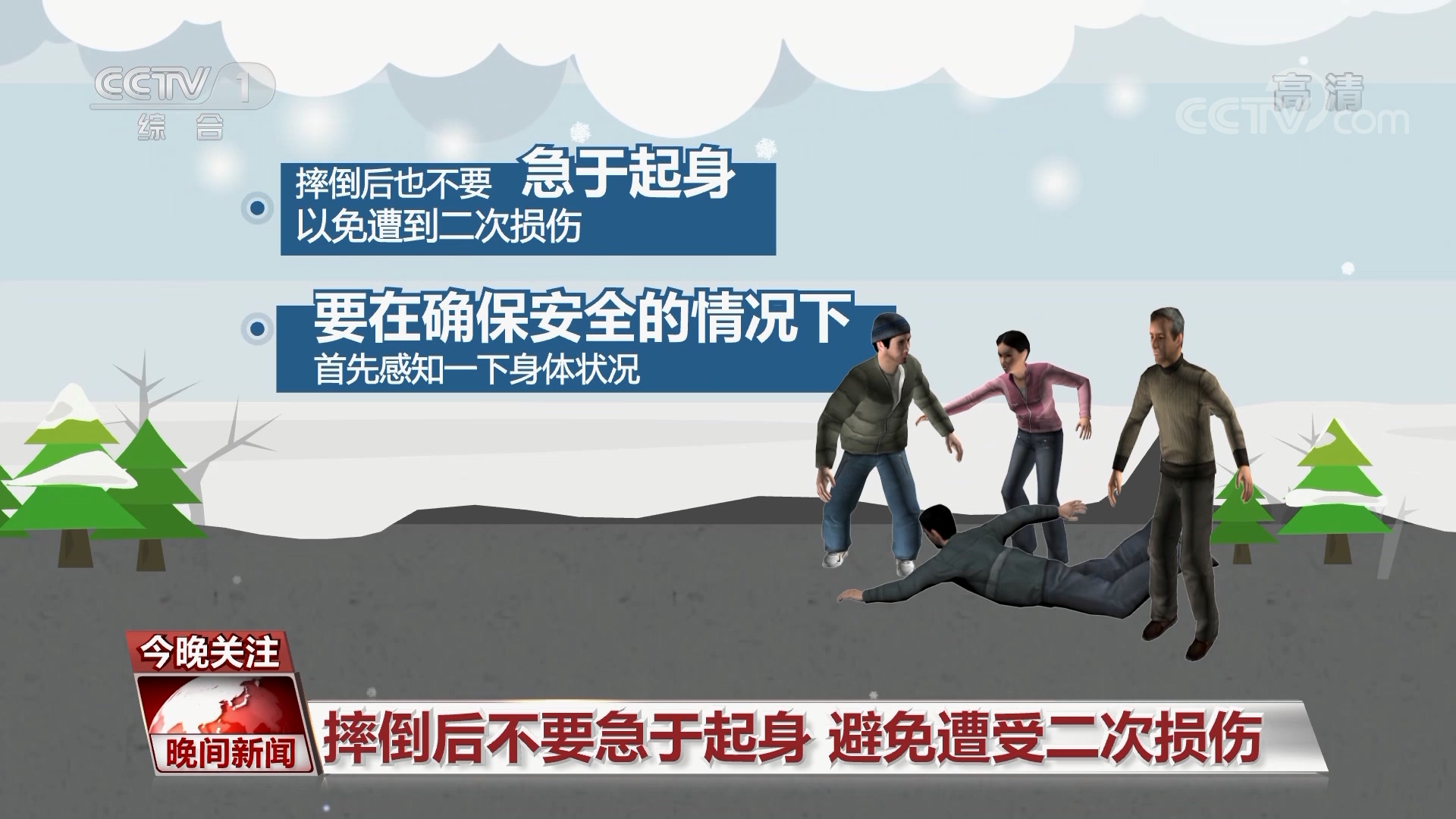CCTV News:
Cold wave strikes, high-risk groups should be alert to cardiovascular and cerebrovascular diseases.
With the sudden drop of temperature, cardiovascular and cerebrovascular diseases will also enter a period of high incidence, and the elderly and patients with chronic diseases such as hypertension and diabetes need to be vigilant.
Low temperature is easy to cause diseases such as myocardial infarction and cerebral infarction.
Cold weather can lead to vasoconstriction, stimulate blood pressure to rise and heart rate to accelerate, and easily induce angina pectoris, myocardial infarction, cerebral infarction and other diseases. People with high risk factors such as the elderly, obese people and smokers, and people with chronic diseases such as hypertension, hyperlipidemia and diabetes should be more vigilant. Drugs for lowering blood pressure, blood lipid and blood sugar cannot be stopped without authorization; In the event of sudden increase in blood pressure, chest tightness, chest pain and other uncomfortable symptoms, you should see a doctor in time.

Ma Changsheng, director of anzhen hospital Cardiology Medical Center and Arrhythmia Center:We say that angina pectoris is not necessarily painful, for example, boredom and suffocation are angina pectoris. Or if our chest is depressed and painful for 10 minutes or even more than ten minutes at rest, it means that his coronary heart disease is serious.
Acute cardiovascular and cerebrovascular diseases should be treated as soon as possible.
Experts stressed that for acute cardiovascular and cerebrovascular diseases, time is life, and the earlier treatment after onset, the better.

Ma Changsheng, director of anzhen hospital Cardiology Medical Center and Arrhythmia Center, said: "The most important time for acute myocardial infarction is prime time. The sooner, the better, and the best is within 60 minutes. For the public, you should know that you should act as soon as possible, call 120 or drive at home and go to the emergency department of the hospital as soon as possible. Within 60 minutes, we (the hospital) will open the patient’s blood vessels. "
What parts should you pay attention to when you travel outdoors to keep warm?
Experts suggest that outdoor activities should be avoided as much as possible during the cold wave. If you have to go out, you should pay attention to cold and warmth. Usually people wear thick down jackets and warm shoes when they go out, but one part is often overlooked, and that is the head. Because of the dense blood vessels, the head is very sensitive to the cold and the body is warm, but the exposure of the head to the cold wind will also cause blood vessels to contract. A warm hat and a mask that is worn regularly are not only conducive to epidemic prevention and control, but also can effectively resist the cold wave.
"Drinking can keep out the cold" is a misunderstanding.

Young people should pay attention to the cold wave, regardless of age. Some young people don’t wear long pants or expose their ankles even in winter, which experts think is not advisable, and there is a risk of cardiovascular and cerebrovascular diseases. "Drinking can keep out the cold" is also a misunderstanding. After alcohol enters the human body, it will cause blood pressure to drop, blood vessels to dilate and blood circulation to accelerate, but at the same time it will also accelerate heat dissipation, and the body temperature will become lower and lower. When blood pressure drops, it will also lead to an increase in heart burden. Going out after drinking alcohol in cold weather is likely to have serious consequences.
Cold wave strikes, walking in rain and snow to prevent falling.
Cold wave strikes "wrestling" in rainy and snowy days is learned.
The road is slippery on snowy days, because sudden diseases such as fractures caused by wrestling also occur from time to time. In particular, osteoporosis in the elderly, walking on ice and snow roads, a little carelessness may lead to fractures. So, when wrestling is inevitable, will you "fall"?
Most of the fractures after snow are concentrated in the wrist, ankle and waist.

Clinically, fractures after snow are mostly concentrated in the wrist, ankle and waist. When slipping, many people will subconsciously hold their hands on the ground. Because of the great instantaneous force when they touch the ground, it may be transmitted to the wrist and shoulder, resulting in wrist and shoulder joint fractures. If you can make a correct response when you fall, you can greatly reduce the chances of injuries such as fractures.
Sun Fenglong, director and chief physician of the Second Department of Orthopaedics, Beijing Rehabilitation Hospital affiliated to Capital Medical University:We can make an action as much as possible in the process of falling, with our hands protecting our heads and our forearms close to our chest, which is similar to this action. We can protect our important organs and avoid further injuries in the process of sliding forward or backward.
Don’t get up after falling to avoid secondary injury.
Don’t get up in a hurry after falling, so as to avoid secondary injury. To ensure safety, first feel the physical condition.

Sun Fenglong, director and chief physician of the Second Department of Orthopaedics, Beijing Rehabilitation Hospital affiliated to Capital Medical University:First of all, move the joints all over the body, including the important head, cervical vertebrae and joints of limbs, and move the waist. If there is severe pain, it means that there may be a serious fracture, or at least one part has a fracture. In this state, don’t try to stand up by yourself.
Rescuers should not blindly drag, pull, carry the injured. The correct way is to set up signs to warn passing people and vehicles, and at the same time call 120 emergency number to be rescued by professional medical staff. If you have to move the injured person, you should move the injured person as a whole and slowly, and don’t bend, twist or move the injured person greatly.